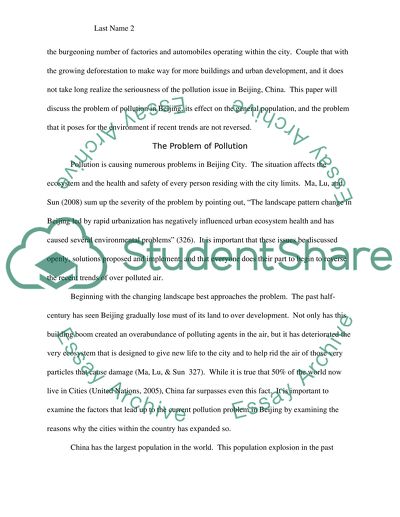Cite this document
(“Air pollution in Beijing Essay Example | Topics and Well Written Essays - 3000 words”, n.d.)
Retrieved de https://studentshare.org/environmental-studies/1475130-air-pollution-in-beijing
Retrieved de https://studentshare.org/environmental-studies/1475130-air-pollution-in-beijing
(Air Pollution in Beijing Essay Example | Topics and Well Written Essays - 3000 Words)
https://studentshare.org/environmental-studies/1475130-air-pollution-in-beijing.
https://studentshare.org/environmental-studies/1475130-air-pollution-in-beijing.
“Air Pollution in Beijing Essay Example | Topics and Well Written Essays - 3000 Words”, n.d. https://studentshare.org/environmental-studies/1475130-air-pollution-in-beijing.


